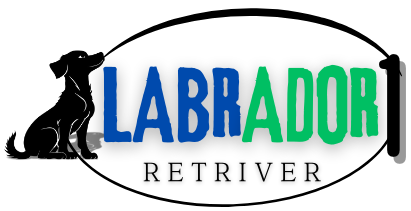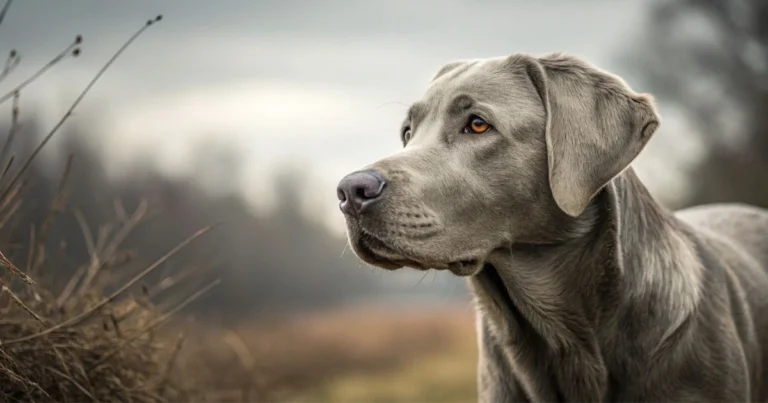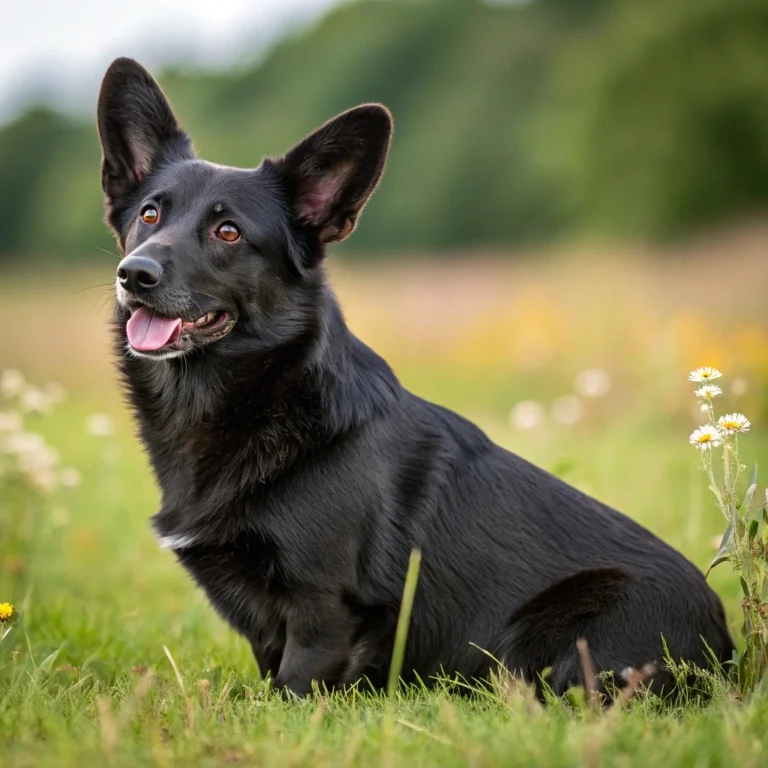Champagne Lab vs Yellow Lab : Understanding the Color Genetics
Picture this—you’re visiting a breeder or scrolling through adoption listings, and your eyes lock with a puppy unlike any you’ve seen before. Its coat shimmers subtly and has a pale, almost creamy glow that feels… unique. Next to it, another puppy glows a warm, recognizable golden color. Your heart starts to consider the possibilities : yellow lab or champagne lab ?
You are not the only one who finds themselves in this endearing predicament. The Labrador Retriever is one of the most beloved breeds worldwide, but even within this breed, color can be a point of curiosity, emotion, and even confusion. You’re not just choosing a pet—you’re choosing a companion that fits your family, lifestyle, and aesthetic.
Understanding the difference between a Champagne Lab and a Yellow Lab is more than skin deep. It’s a peek into the fascinating world of canine genetics, responsible breeding, and what it means for your future best friend.
Table of Contents
🧬 What is a Champagne Lab ? Understanding the Dilution Gene
The Science Behind the Shine
Champagne Labs are not a separate breed or a mix—they’re full-blooded Labradors with a twist in their genetic makeup. What sets them apart is something you might never see with the naked eye: the dilution gene.
In genetic terms :
- Standard Yellow Lab genes : ee.
- Champagne Lab genes : ee + dd
That “dd” gene is the game changer. It dilutes the yellow pigmentation, turning what might have been a bright yellow coat into a soft, pale golden shimmer, hence the name “champagne.”
This coloration doesn’t affect anything else about your dog’s breed integrity—just the coat. Think of it like a black-and-white photo version of a vivid memory ; the essence is still there, just with a unique look.
Appearance and Personality Traits
You might notice that Champagne Labs has :
- A light cream or “champagne” coat with a satin-like finish.
- Nose colors that lean toward pink or light brown
- Eye colors that range from hazel to pale green or amber
But they still have the typical Labrador temperament—loyal, playful, loving, and extremely eager to please. Your appearance will not come at the expense of your personality.
🌞 Yellow Lab Overview : The Classic Sunshine Companion
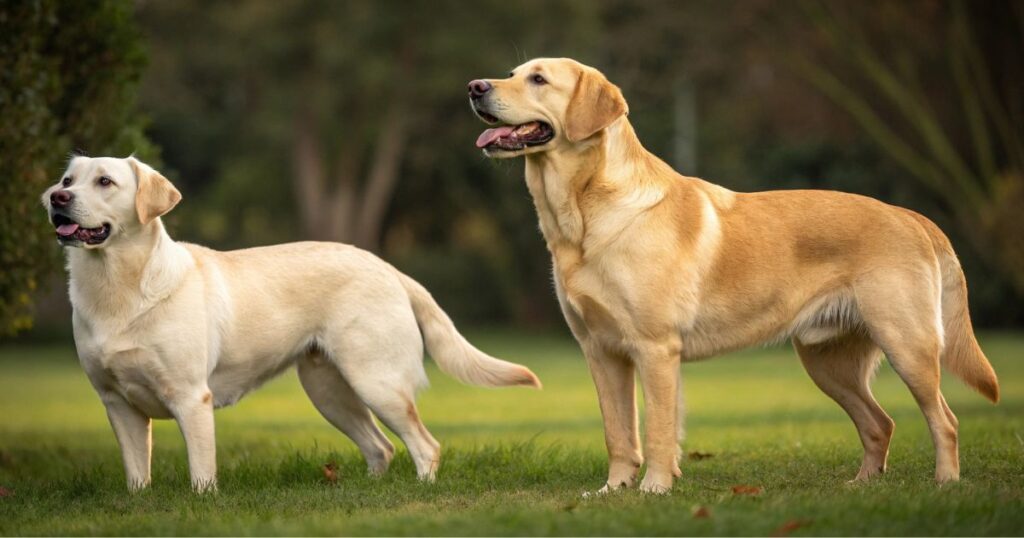
Traditional Color Genetics
The Yellow Lab is what most people imagine when they hear the word “Labrador.” From light cream to deep fox red, the range of yellows is vast and beautiful.
Here’s a quick genetic breakdown :
- ee + DD or Dd = Yellow Lab
- No dilution gene here—the D allele keeps the yellow pigmentation bold and clear.
The Yellow Lab is one of the three officially recognized Labrador Retriever colors by the American Kennel Club (AKC), alongside black and chocolate.
Characteristics of Yellow Labs
You’re likely already familiar with the hallmark traits :
- Coat hues range from fox red to golden and white-cream.
- Black or brown noses
- Brown or hazel eyes
- A friendly, goofy, and incredibly loving demeanor
They’re family-oriented, trainable, and adaptable to a wide range of households—from active adventurers to cozy homebodies.
🧪 Champagne Lab vs Yellow Lab : Key Genetic Differences
Understanding the contrast between these two beauties goes beyond their looks. Here’s a clear side-by-side comparison to help you visualize :
Genetics Breakdown Table
| Trait | Champagne Lab | Yellow Lab |
|---|---|---|
| Genotype | ee + dd (diluted) | Génotype |
| Coat Color | Pale champagne-gold | Cream to fox red |
| Eye Color | Light hazel/amber | Brown/hazel |
| Nose Color | Pink/light brown | Black or brown |
| AKC Recognition | Not standard color | Officially recognized |
So, what’s the takeaway here ? If you want a rare aesthetic, the Champagne Lab delivers that sparkle. If you value tradition and AKC eligibility, Yellow Labs have the legacy behind them.
📋 Health Considerations : Are There Differences ?
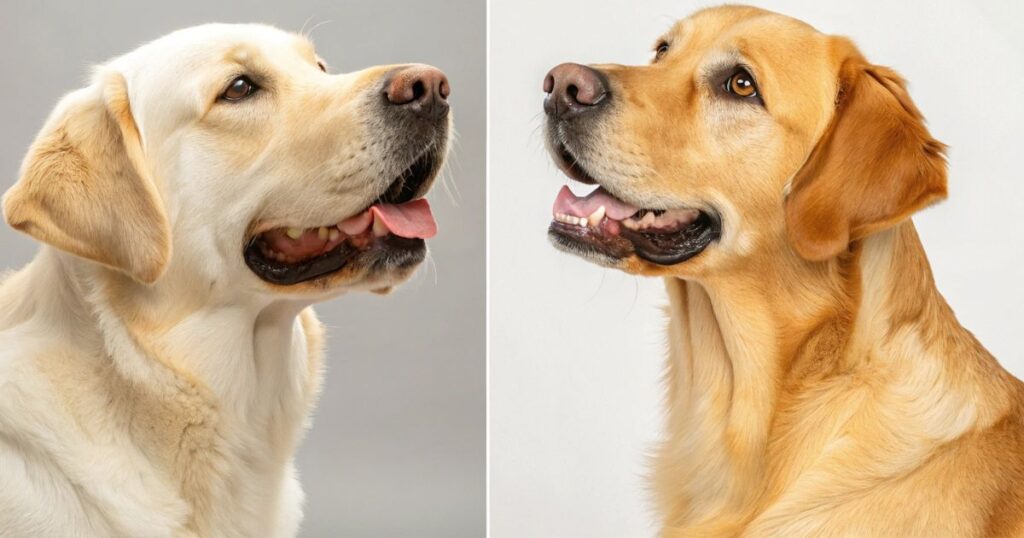
Common Health Issues in Labradors (All Colors)
Whether your Labrador has a champagne shimmer or a golden glow, their health risks are more about genetics and less about color. Here’s what you should keep an eye on, regardless of coat :
- Hip and elbow dysplasia
- Obesity
- Exercise-Induced Collapse (EIC)
- Progressive retinal atrophy (PRA)
- Ear infections due to floppy ears
Always opt for breeders who conduct genetic screening and provide health clearances for both parent dogs.
Myths About Diluted Coat Colors
You’ve probably heard whispers that “dilute coat colors mean more health issues.” While some breeds with dilution genes do suffer from issues like color dilution alopecia, this has not been widely reported in Champagne Labs.
It all comes down to ethical breeding practices. A reputable breeder ensures genetic health—not just coat color.
Healthy Diet Table by Age & Weight
Feeding your Lab properly is crucial, especially considering their tendency to gain weight. Use this table as a quick guide:
| Age Range | Weight (Average) | Daily Food (Cups) | Nutritional Focus |
|---|---|---|---|
| Puppy (2–12 mo) | 15–55 lbs | 1.5 – 3 cups | High protein, DHA, calcium |
| Adult (1–7 yrs) | 55–80 lbs | 2–3 cups | Joint support, omega-3, protein |
| Senior (7+ yrs) | 60–75 lbs | 2 – 3 cups | Low fat, glucosamine, fiber |
Choose high-quality brands with real meat as the first ingredient, avoid artificial fillers, and consider fish oil for shiny coats and healthy joints.
🐾 Temperament & Lifestyle : Does Color Matter ?
Nature vs Nurture
No matter the shade, Labradors are known for :
- High energy levels
- Excellent trainability.
- Strong social instincts
- Love for water and fetch
The idea that coat color changes behavior is a myth. What truly shapes your lab’s personality is:
- Early socialization
- Consistent training
- Love and engagement from you
Ideal Owners & Lifestyle Fit
- You may be interested in Champagne Labs if you like to stand out and value the appeal of unique design.
- If you want a timeless, family-friendly style that is widely loved and accepted in show circles, yellow labs are ideal.
🐶 Breeding Ethics : What to Look for in a Breeder
Ethical Breeding Checklist
Before you commit, make sure your breeder :
- offers medical testing, particularly for hip/elbow dysplasia, PRA, and EIC.
- Offers DNA proof of parentage and color genetics.
- Has a clean, socialized, and transparent environment.
- Does not breeding prioritize color over health ?
Red Flags to Avoid
Watch out for breeders who :
- Promote Champagne Labs as “rare” and raise prices without obtaining certifications.
- Refuse to show you the parents or documentation.
- Breed multiple types of designer dogs without specialization.
- Won’t answer detailed questions about genetic health.
You’re not just buying a pet—you’re investing in a life. Make sure it’s from a trustworthy source.
❓ Frequently Asked Questions (FAQs) About Champagne Labs

Is a Champagne Lab a purebred Labrador ?
Yes, absolutely. As long as the dog’s parents are both purebred Labs, a Champagne Lab is also 100 % Labrador—just with a different coat expression due to the dilution gene.
Are Champagne Labs recognized by the AKC ?
Not officially. The American Kennel Club only recognizes three colors : black, chocolate, and yellow. Champagne falls under a diluted yellow category and might be registered as yellow depending on the breeder’s submission.
Are there any behavioral differences between Champagne Labs and Yellow Labs ?
No. Temperament isn’t influenced by coat color. It’s shaped by genetics, training, and environment. Both Champagne and Yellow Labs are friendly, intelligent, and full of life.
Why are Champagne Labs more expensive ?
Mainly due to supply and demand. Their rare appearance makes them more sought after, but beware of breeders who exploit this without ensuring health and proper breeding practices.
🧡 Conclusion : More Than Just a Pretty Coat
In the end, whether you choose the striking elegance of a Champagne Lab or the timeless beauty of a Yellow Lab, you’re choosing more than a coat color—you’re choosing loyalty, companionship, and a lifetime of memories.
The science of genetics helps explain their differences, but your decision should come from the heart and the facts. Prioritize health, temperament, and ethical breeding over color alone, and you’ll never go wrong.
